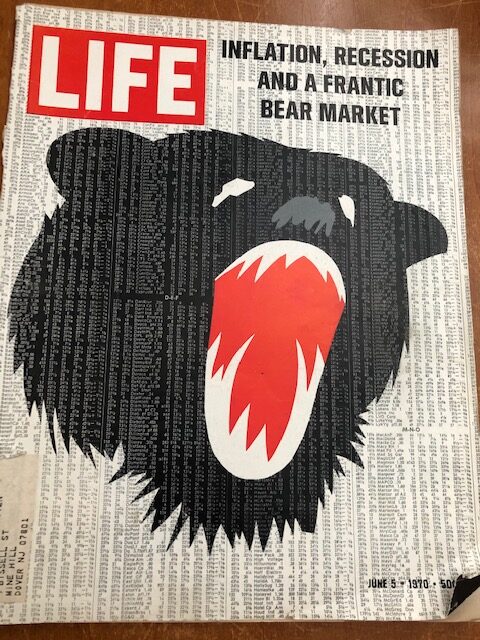Observations Lab




Macro Thoughts
Capital Markets Lab
Asset Management
Markets in History
Beyond Finance
Quotes on the Fly
Chart Gallery
Academia

"You know what kills most ideas, I think, is people desperate to express an opinion."
Stripe, A conversation with Jony Ive, 8 May 2025

"I was born in Beijing, My given name is Puyi, together with my original Manchurian surname, my full name is Aisin-Gioro Puyi. I was Emperor of China in 1909."
August 16, 1946

“Er träumte von einer Klarinette, die sich selbst spielte.“
Cosima Wagner on Richard Wagner: “He dreamt of a clarinet that played itself.“

"Where all think alike, no one thinks very much."
The Stakes of Diplomacy, New York, 1915
La Tentation Totalitaire, 1976
The Fabric of Civilization: How Textiles Made the World, Basic Books, December 7, 2021
X, November 6, 2024
Bannons War Room, November 6th, 2024
Asset Management
La Tentation Totalitaire, 1976
The Fabric of Civilization: How Textiles Made the World, Basic Books, December 7, 2021
X, November 6, 2024
Bannons War Room, November 6th, 2024
La Tentation Totalitaire, 1976
The Fabric of Civilization: How Textiles Made the World, Basic Books, December 7, 2021
X, November 6, 2024
Bannons War Room, November 6th, 2024
Pension Funds
Pension Funds Research
Pension Funds Switzerland
Pension Funds Germany
Pension Funds Denmark
Pension Funds Finland
Pension Funds Norway
Pension Funds Sweden
Pension Funds United Kingdom
Pension Funds Netherlands
La Tentation Totalitaire, 1976
The Fabric of Civilization: How Textiles Made the World, Basic Books, December 7, 2021
X, November 6, 2024
Bannons War Room, November 6th, 2024
La Tentation Totalitaire, 1976
The Fabric of Civilization: How Textiles Made the World, Basic Books, December 7, 2021
X, November 6, 2024
Bannons War Room, November 6th, 2024
Wealth Managers
La Tentation Totalitaire, 1976
The Fabric of Civilization: How Textiles Made the World, Basic Books, December 7, 2021
X, November 6, 2024
Bannons War Room, November 6th, 2024
La Tentation Totalitaire, 1976
The Fabric of Civilization: How Textiles Made the World, Basic Books, December 7, 2021
X, November 6, 2024
Bannons War Room, November 6th, 2024
The Library
The Chart Room
Quotes on the Fly
The Time Capsule
Beyond Finance
The Coffee Chronicles
The Synchronicity Chamber
The Joseph Schumpeter Room
The Friedrich Hayek Auditorium
The Central Bank Hallway
La Tentation Totalitaire, 1976
The Fabric of Civilization: How Textiles Made the World, Basic Books, December 7, 2021
X, November 6, 2024
Bannons War Room, November 6th, 2024
La Tentation Totalitaire, 1976
The Fabric of Civilization: How Textiles Made the World, Basic Books, December 7, 2021
X, November 6, 2024
Bannons War Room, November 6th, 2024

